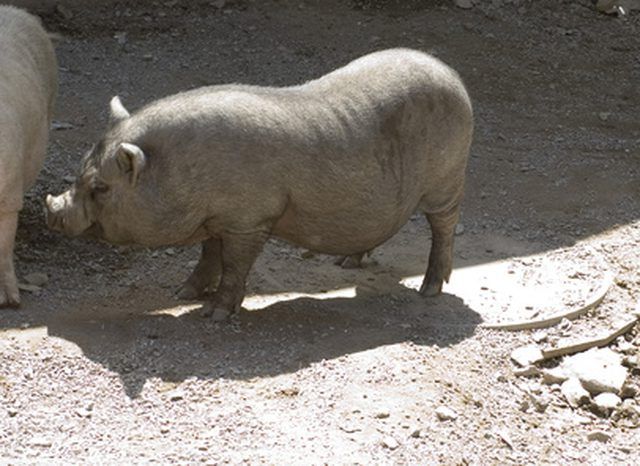Bulbs
Flower Basics
Flower Beds & Specialty Gardens
Flower Garden
Garden Furniture
Garden Gnomes
Garden Seeds
Garden Sheds
Garden Statues
Garden Tools & Supplies
Gardening Basics
Green & Organic
Groundcovers & Vines
Growing Annuals
Growing Basil
Growing Beans
Growing Berries
Growing Blueberries
Growing Cactus
Growing Corn
Growing Cotton
Growing Edibles
Growing Flowers
Growing Garlic
Growing Grapes
Growing Grass
Growing Herbs
Growing Jasmine
Growing Mint
Growing Mushrooms
Orchids
Growing Peanuts
Growing Perennials
Growing Plants
Growing Rosemary
Growing Roses
Growing Strawberries
Growing Sunflowers
Growing Thyme
Growing Tomatoes
Growing Tulips
Growing Vegetables
Herb Basics
Herb Garden
Indoor Growing
Landscaping Basics
Landscaping Patios
Landscaping Plants
Landscaping Shrubs
Landscaping Trees
Landscaping Walks & Pathways
Lawn Basics
Lawn Maintenance
Lawn Mowers
Lawn Ornaments
Lawn Planting
Lawn Tools
Outdoor Growing
Overall Landscape Planning
Pests, Weeds & Problems
Plant Basics
Rock Garden
Rose Garden
Shrubs
Soil
Specialty Gardens
Trees
Vegetable Garden
Yard Maintenance
How to Compost Pig Manure
How to Compost Pig Manure. Animal manure is a natural fertilizer because it is rich in nitrogen. However, it can't be used fresh because it contains materials harmful for growing plants. The composting process removes the harmful material from the manure. Animal manure compost is best used to grow the type of plants the animal is fed on. Pig manure...

Animal manure is a natural fertilizer because it is rich in nitrogen. However, it can't be used fresh because it contains materials harmful for growing plants. The composting process removes the harmful material from the manure. Animal manure compost is best used to grow the type of plants the animal is fed on. Pig manure is good for root crops such as leeks and potatoes.
Composting requires a ratio of carbon organic matter to nitrogen (C:N) measured in pounds. The ratio for pig manure is 6:1 or 6 pounds of organic matter to 1 pound of manure. Creating a compost pile using pig manure requires physical labor but is worth it for harvesting healthy crops.
Things You'll Need
Shady spot
Shovel
Stiff hardware fabric
Twigs
Organic matter
Pig manure
Soil
Locate a spot for the compost pile. Compost piles generally do best in the shade but not too close to trees. The roots of some trees are attracted to the compost and roots grown into the pile if it's kept too close.
Create a drainage system for the compost pile by digging a trench with a shovel. The trench goes across the middle of the base. Cover it with stiff hardware fabric.
Cover the base of the composting area with a thin layer of twigs to assist with drainage.
Add the first layer of organic material 6 to 8 inches deep. The University of Missouri Extension Service suggests such materials as "sod, grass clippings, leaves, hay, straw, weeds, manure, chopped corncobs, cornstalks, sawdust, shredded newspaper, wood ashes, hedge clippings and many kinds of plant refuse from the garden."
Moisten the organic layer with water.
Add a layer of pig manure. Remember the C:N ratio for pig manure is 6:1. The layer of organic matter will be 6 times heavier than the layer of pig manure. This nitrogen layer is about 1 inch thick. Moisten with water.
Put a 1 inch soil layer on top of the pig manure and moisten with water.
Continue this rotation process until the pile is about 3 to 5 feet high. Remember to moisten each layer with water as you go.
Leave this pile for a few weeks and mix it together periodically. Keep it moist continually.
Let the pile decompose for 4 to 6 months before using it in the garden. During this time you can add more layers to the top but each new layer takes the same amount of time to make humus. Only remove and use the layers that are ready.